A Self-Recovery Fragile Image Watermarking with Variable Watermark Capacity
Abstract
:1. Introduction
2. SVD Transform and Its Characteristics
- Step 1: The host image is firstly divided into 2 × 2 image blocks, and then the SVD transform is conducted on each block.
- Step 2: For each block after SVD, the product of the left and right singular vectors (the first sub-image ) is calculated. For smooth blocks, the values in are approximately equal to 1/2 (0.5). Based on this point, two thresholds around 0.5, and are identified to label the pixels in . For a pixel in , if the pixel value falls in the range of to , the pixel will be judged as a smooth pixel, else it is judged as a texture pixel.
- Step 3: Calculating the number of the smooth pixels in 2 × 2 block, if the number is larger than 3, the corresponding image block will be determined as a smooth block, else the block is determined as a texture block.
3. The Proposed Scheme
3.1. Watermark Generation and Embedding
3.1.1. Authentication Watermark
3.1.2. Recovery Watermark
- Step 1: To generate appropriate length recovery watermark, the image block after preprocessing is further adjusted by Equation (5), and then we get the processed image block .where is the rounding-down operation.
- Step 2: For each block , the DCT transform is applied, and then we get the DCT coefficient matrix :
- Step 3: To generate the recovery watermark, the DC coefficient is rounded and coded into 5 bits watermark including 1 bit sign flag and 4 bits coefficient encoding result, and the AC coefficient is coded into 4 bits watermark including 1 bit sign flag and 3 bits coefficient encoding result. It should be noted that if the coefficients are out of the coding range, they need to be modestly adjusted. For example, if the absolute value of is larger than 15, then it should be adjusted and make it equal to 15.
3.1.3. Watermark Embedding
3.2. Three-Level Tamper Detection
- (1)
- In the first level detection (① in Figure 3), the encrypted authentication watermark is firstly extracted from the image block, which can be expressed as . With the secret key , a corresponding decryption process is conducted to the extracted watermark, and then we get the decrypted authentication watermark . According to the generation process of authentication watermark in Section 3.1.1, a new authentication watermark for this block is regenerated, which is expressed as . If , then the detected block is marked as a tampered block, else it is marked as an authentic block.
- (2)
- In the second level detection (② in Figure 3), the recovery watermark of the block is firstly extracted from its mapping block generated by Equation (9), which is expressed as . Then, with the secret key , a decryption process is performed on , and the decrypted recovery watermark is obtained. If the block is a smooth block, the length of is 6 bits, else the length of is equal to 10 bits. Accordingly, a new recovery watermark for the current block is regenerated, which has the same process as Section 3.1.2. At last, a comparison process is applied for the extracted recovery watermark and the newly created watermark . If , then the detected block is marked as a tampered block, else it is marked as an authentic block.
- (3)
- After the first two level detections, we get the preliminary tamper detection result. However, due to the fact that the tamper detection process is based on the image blocks, there might be a probability of misjudgment. In other words, an authentic image block might be falsely detected as a tampered block, and a truly tampered block might be detected as an authentic block. To further improve the tamper detection accuracy, the third level detection is applied (③ in Figure 3). This process is completed by using the block-neighborhood tampering characterization [27]. For a suspicious block A shown in Figure 4, n is used to represent the number of the blocks that are detected as tampered in its block-neighborhood (the blocks in gray in Figure 4). If the central image block A is a valid block while the number of the tampered blocks in its block-neighborhood is more than 7 (), then the block A will also be determined as an invalid block. If the central image block A is a tampered block while the number n is less than 2 (), then the image block A will be determined as a valid block.
3.3. Image Recovery
- (1)
- For tampered smooth block, the recovery watermark is the average pixel value of original block. To reconstruct the block, the recovery watermark is first extracted from its mapping block. After decryption and the binary-to-decimal conversion, we get the final recovery data.
- (2)
- For invalid texture block, the recovery watermark is the quantized DCT coefficients. According to the inverse process of the watermark generation process (Steps 1–3) given in Section 3.1.2, the recovery data for texture block can be obtained.
4. Experimental Results and Comparison Analysis
4.1. Imperceptibility Analysis
- (1)
- For the blocks whose 2 LSBs are embedded by 8 bits watermark information, the expectation value of MSE is , then the PSNR’s expectation can be computed by:
- (2)
- For the blocks whose 3 LSBs are embedded by 12 bits watermark information, the expectation value of MSE is , then the PSNR’s expectation is calculated by:
4.2. Performance of Tamper Detection and Self-Recovery
4.2.1. Text Addition Attack
4.2.2. Copy-Move Attack
4.2.3. Collage Attack
4.2.4. Image Deletion Attack
4.2.5. Content-Only Attack
4.2.6. Large Area Tampering
5. Conclusions
Acknowledgments
Author Contributions
Conflicts of Interest
References
- Asikuzzaman, M.; Pickering, M.R. An overview of digital video watermarking. IEEE Trans. Circuits Syst. Video Technol. 2017, 1–23. [Google Scholar] [CrossRef]
- Asikuzzaman, M.; Alam, M.J.; Lambert, A.J.; Pickering, M.R. Imperceptible and robust blind video watermarking using chrominance embedding: A set of approaches in the DT CWT domain. IEEE Trans. Inf. Forensics Secur. 2014, 9, 1502–1517. [Google Scholar] [CrossRef]
- Asikuzzaman, M.; Alam, M.J.; Lambert, A.J.; Pickering, M.R. Robust DT CWT-based DIBR 3D video watermarking using chrominance embedding. IEEE Trans. Multimed. 2016, 18, 1733–1748. [Google Scholar] [CrossRef]
- Huynh-The, T.; Banos, O.; Lee, S.; Yoon, Y.; Le-Tien, T. Improving digital image watermarking by means of optimal channel selection. Expert Syst. Appl. 2016, 62, 177–189. [Google Scholar] [CrossRef]
- Huynh-The, T.; Hua, C.H.; Tu, N.A.; Hur, T.; Bang, J.; Kim, D.; Bilal Amin, M.; Kang, B.H.; Seung, H.; Lee, S. Selective bit embedding scheme for robust blind color image watermarking. Inf. Sci. 2018, 426, 1–18. [Google Scholar] [CrossRef]
- Asikuzzaman, M.; Alam, M.J.; Lambert, A.J.; Pickering, M.R. A blind watermarking scheme for depth-image-based rendered 3D video using the dual-tree complex wavelet transform. In Proceedings of the IEEE International Conference on Image Processing, Paris, France, 27–30 October 2014; pp. 5497–5501. [Google Scholar]
- Asikuzzaman, M.; Alam, M.J.; Pickering, M.R. A blind and robust video watermarking scheme in the DT CWT and SVD domain. In Proceedings of the Picture Coding Symposium, Cairns, Australia, 31 May–3 June 2015; pp. 277–281. [Google Scholar]
- Han, S.H.; Chu, C.H. Content-based image authentication: Current status, issues, and challenges. Int. J. Inf. Secur. 2010, 9, 19–32. [Google Scholar] [CrossRef]
- Sreenivas, K.; Prasad, V.K. Fragile watermarking schemes for image authentication: A survey. Int. J. Mach. Learn. Cybern. 2017, 1–26. [Google Scholar] [CrossRef]
- Azeroual, A.; Afdel, K. Real-time image tamper localization based on fragile watermarking and Faber-Schauder wavelet. AEU Int. J. Electron. Commun. 2017, 79, 207–218. [Google Scholar] [CrossRef]
- Rakhmawati, L.; Rochmawati, N. Review of some existing work for self-recovery fragile watermarking algorithms. In Proceedings of the 2nd Annual Applied Science and Engineering Conference, Bandung, Indonesia, 24 August 2017; Volume 288. [Google Scholar]
- Dadkhah, S.; Manaf, A.A.; Hori, Y.; Hassanien, A.E.; Sadeghi, S. An effective SVD-based image tampering detection and self-recovery using active watermarking. Signal Process. Image Commun. 2014, 29, 1197–1210. [Google Scholar] [CrossRef]
- Tong, X.J.; Liu, Y.; Zhang, M.; Chen, Y. A novel chaos-based fragile watermarking for image tampering detection and self-recovery. Signal Process. Image Commun. 2013, 28, 301–308. [Google Scholar] [CrossRef]
- Qin, C.; Ji, P.; Wang, J.W.; Chang, C.C. Fragile image watermarking scheme based on VQ index sharing and self-embedding. Multimed. Tools Appl. 2017, 76, 2267–2287. [Google Scholar] [CrossRef]
- Zhang, X.P.; Xiao, Y.Y.; Zhao, Z.M. Self-embedding fragile watermarking based on DCT and fast fractal coding. Multimed. Tools Appl. 2015, 74, 5767–5786. [Google Scholar] [CrossRef]
- Singh, D.; Singh, S.K. Effective self-embedding watermarking scheme for image tampered detection and localization with recovery capability. J. Vis. Commun. Image Represent. 2016, 38, 775–789. [Google Scholar] [CrossRef]
- Qian, Z.X.; Feng, G.R.; Zhang, X.P.; Wang, S.Z. Image self-embedding with high-quality restoration capability. Dig. Signal Process. 2011, 21, 278–286. [Google Scholar] [CrossRef]
- Zhang, X.P.; Wang, S.Z. Fragile watermarking with error-free restoration capability. IEEE Trans. Multimed. 2008, 10, 1490–1499. [Google Scholar] [CrossRef]
- Cao, F.; An, B.W.; Wang, J.W.; Ye, D.P.; Wang, H.L. Hierarchical recovery for tampered images based on watermark self-embedding. Displays 2017, 46, 52–60. [Google Scholar] [CrossRef]
- Huo, Y.R.; He, H.J.; Chen, F. Alterable-capacity fragile watermarking scheme with restoration capability. Opt. Commun. 2012, 285, 1759–1766. [Google Scholar] [CrossRef]
- Zhang, X.P.; Wang, S.Z.; Qian, Z.X.; Feng, G.R. Reference sharing mechanism for watermark self-embedding. IEEE Trans. Image Process. 2011, 20, 485–495. [Google Scholar] [CrossRef] [PubMed]
- Qin, C.; Wang, H.L.; Zhang, X.P.; Sun, X.M. Self-embedding fragile watermarking based on reference-data interleaving and adaptive selection of embedding mode. Inf. Sci. 2016, 373, 233–250. [Google Scholar] [CrossRef]
- Bravo, S.S.; Calderon, F.; Li, C.T.; Nandi, A.K. Fast fragile watermark embedding and iterative mechanism with high self-restoration performance. Dig. Signal Process. 2018, 73, 83–92. [Google Scholar] [CrossRef]
- Chen, F.; He, H.J.; Wang, H.X. Variable-payload self-recovery watermarking scheme for digital image authentication. Chin. J. Comput. 2012, 35, 154–162. [Google Scholar] [CrossRef]
- Chen, F.; He, H.J.; Tai, H.M.; Wang, H.X. Chaos-based self-embedding fragile watermarking with flexible watermark payload. Multimed. Tools Appl. 2014, 72, 41–56. [Google Scholar] [CrossRef]
- Lian, S.G.; Sun, J.S.; Wang, J.W.; Wang, Z.Q. A chaotic stream cipher and the usage in video protection. Chaos Solitons Fractals 2007, 34, 851–859. [Google Scholar] [CrossRef]
- He, H.J.; Zhang, J.S.; Tai, H.M. Self-recovery fragile watermarking using block-neighborhood tampering characterization. In Proceedings of the 11th International Workshop on Information Hiding, Darmstadt, Germany, 8–10 June 2009; Lecture Notes in Computer Science. Springer: Berlin, Germany, 2009; Volume 5806, pp. 132–145. [Google Scholar]
- Nazari, M.; Sharif, A.; Mollaeefar, M. An improved method for digital image fragile watermarking based on chaotic maps. Multimed. Tools Appl. 2017, 76, 16107–16123. [Google Scholar] [CrossRef]
- Shi, H.; Wang, X.H.; Li, M.C.; Bai, J.; Feng, B. Secure variable-capacity self-recovery watermarking scheme. Multimed. Tools Appl. 2017, 76, 6941–6972. [Google Scholar] [CrossRef]
- Ansari, I.A.; Pant, M. Multipurpose image watermarking in the domain of DWT based on SVD and ABC. Pattern Recognit. Lett. 2017, 94, 228–236. [Google Scholar] [CrossRef]
- Roy, S.; Pal, A.K. An SVD based location specific robust color image watermarking scheme using RDWT and Arnold scrambling. Wirel. Pers. Commun. 2018, 98, 2223–2250. [Google Scholar] [CrossRef]
- Zhang, H.; Wang, C.Y.; Zhou, X. Fragile watermarking for image authentication using the characteristic of SVD. Algorithms 2017, 10, 27. [Google Scholar] [CrossRef]
- Singh, D.; Singh, S.K. DCT based efficient fragile watermarking scheme for image authentication and restoration. Multimed. Tools Appl. 2017, 76, 953–977. [Google Scholar] [CrossRef]
- Lee, T.Y.; Lin, S.D. Dual watermark for image tamper detection and recovery. Pattern Recognit. 2008, 41, 3497–3506. [Google Scholar] [CrossRef]
- Benrhouma, O.; Hermassi, H.; Abd El-Latif, A.A.; Belghith, S. Chaotic watermark for blind forgery detection in images. Multimed. Tools Appl. 2016, 75, 8695–8718. [Google Scholar] [CrossRef]
- Fridrich, J.; Goljan, M.; Memon, N.D. Cryptanalysis of the Yeung-Mintzer fragile watermarking technique. J. Electron. Imaging 2002, 11, 262–274. [Google Scholar]
- Zhang, J.P.; Zhang, Q.F.; Lv, H.L. A novel image tamper localization and recovery algorithm based on watermarking technology. Opt. Int. J. Light Electron Opt. 2013, 124, 6367–6371. [Google Scholar] [CrossRef]
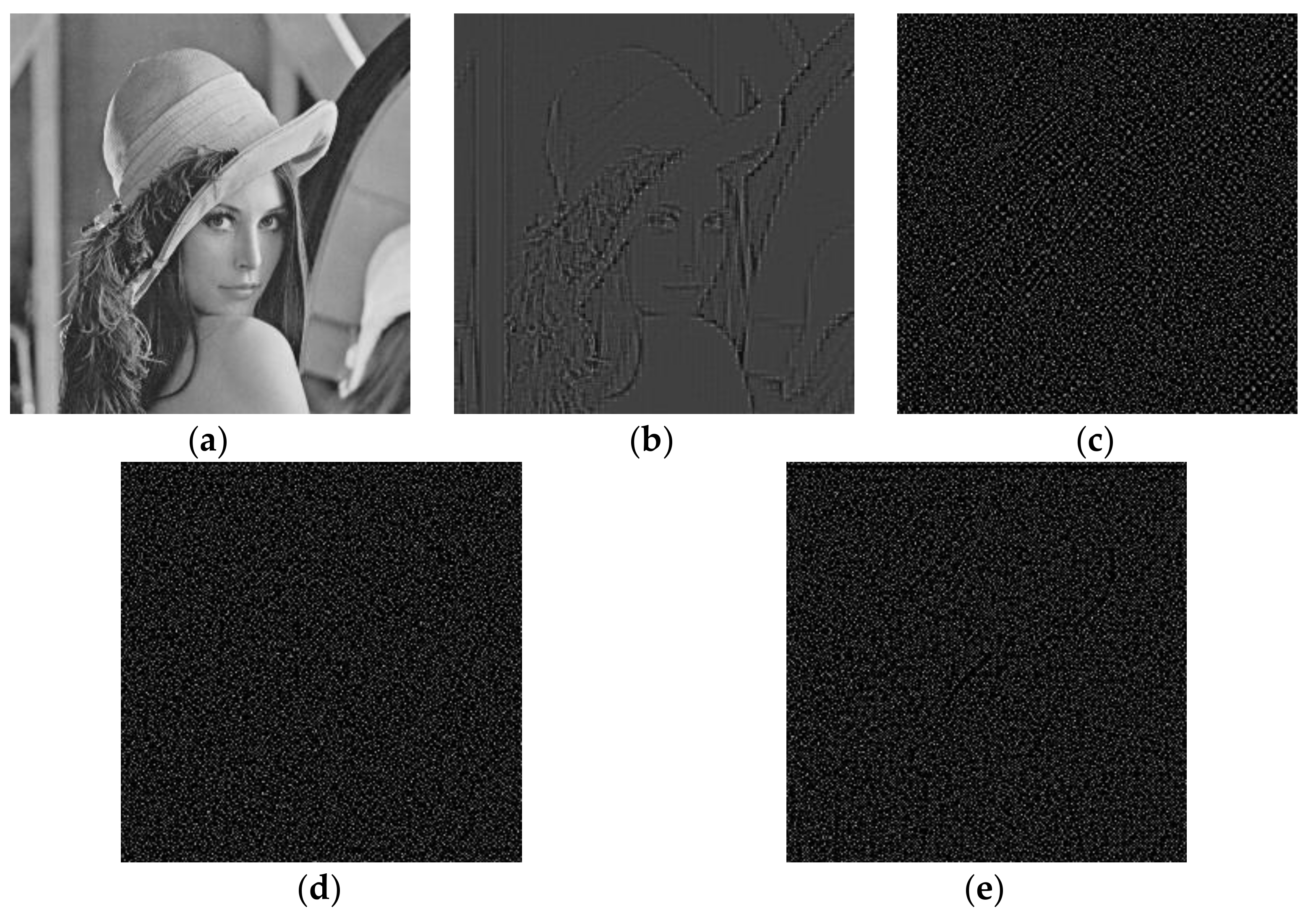
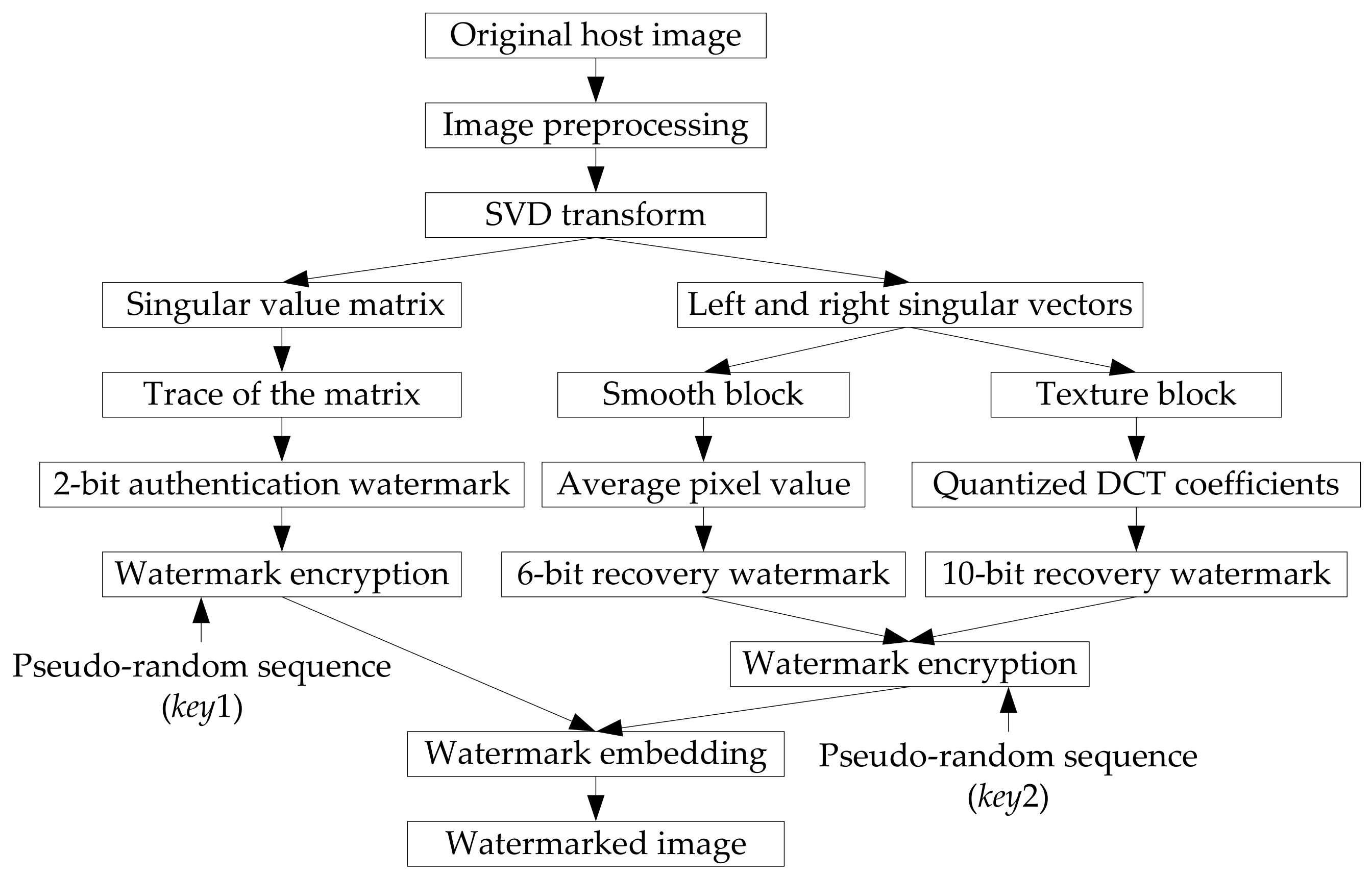
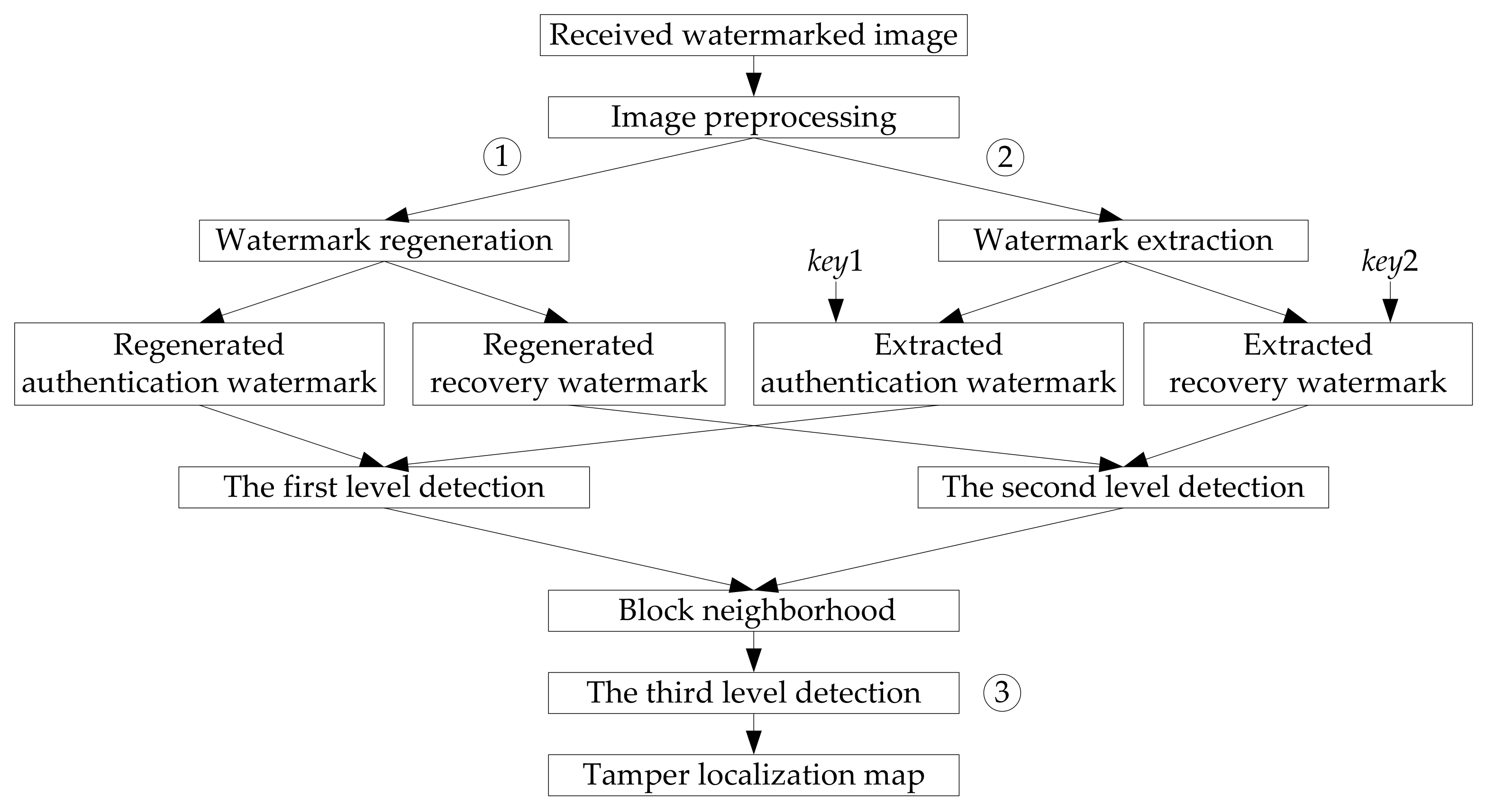
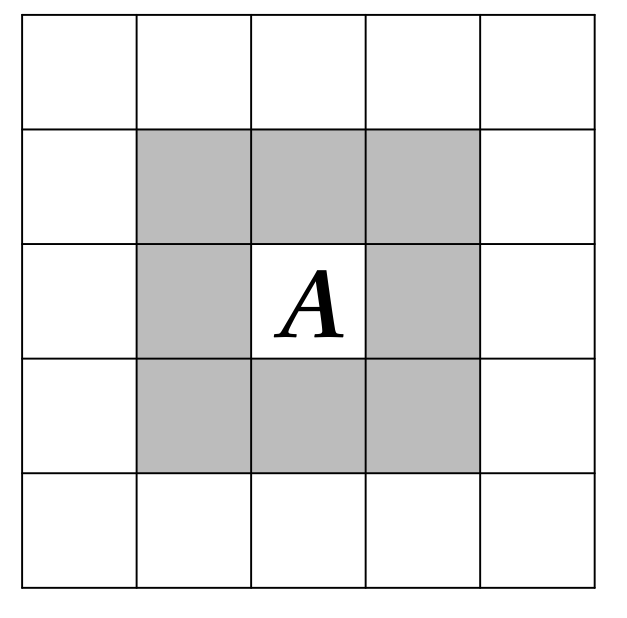
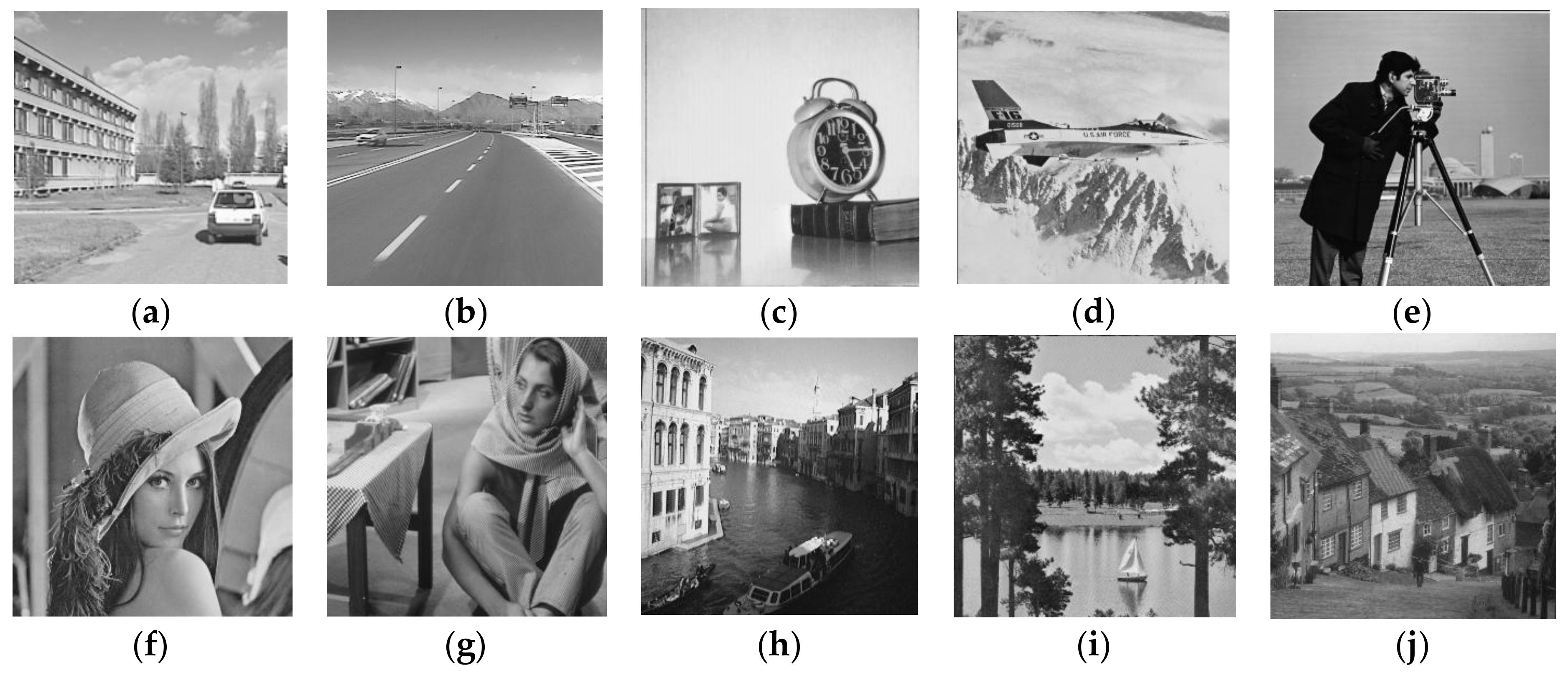

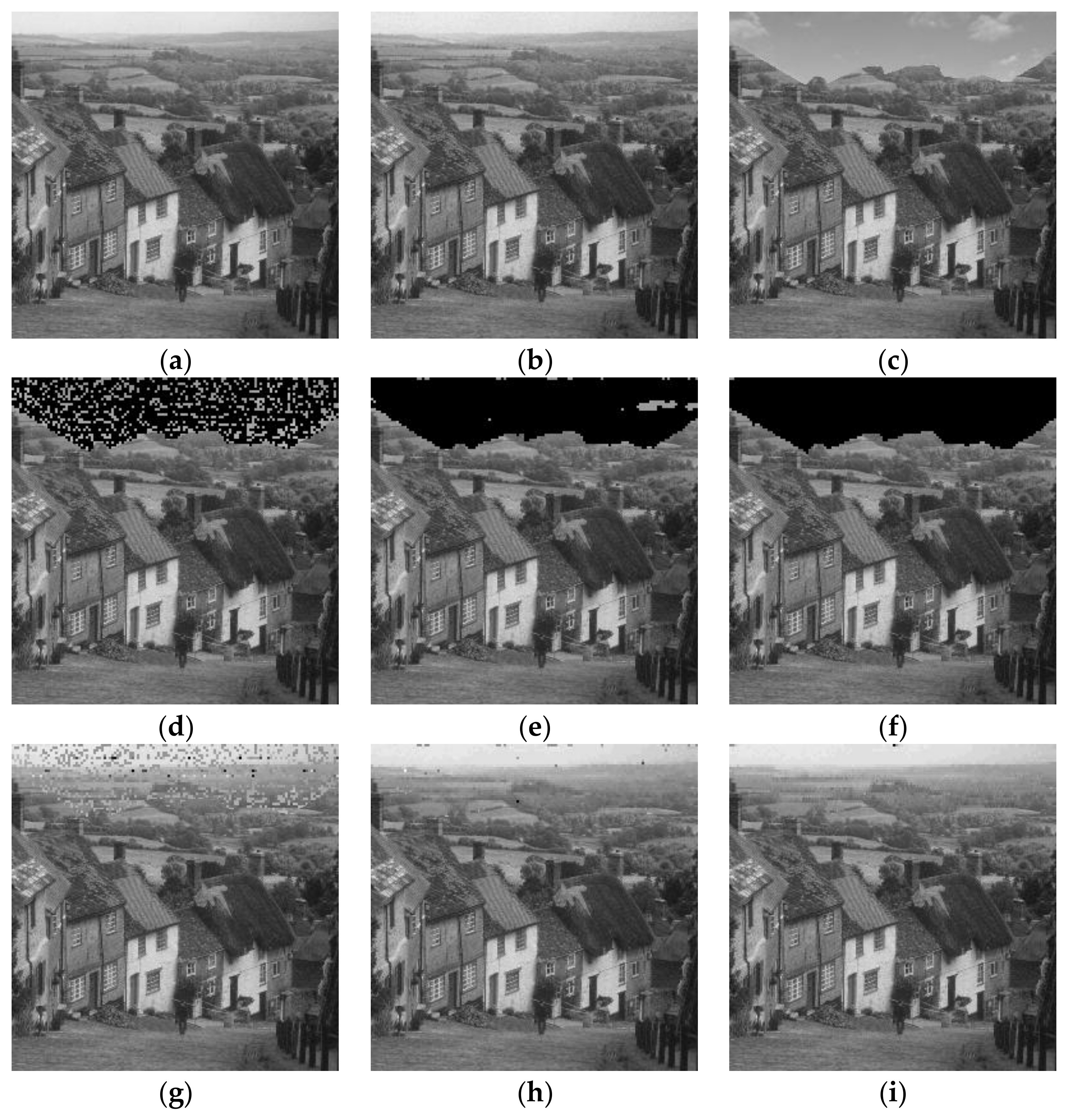
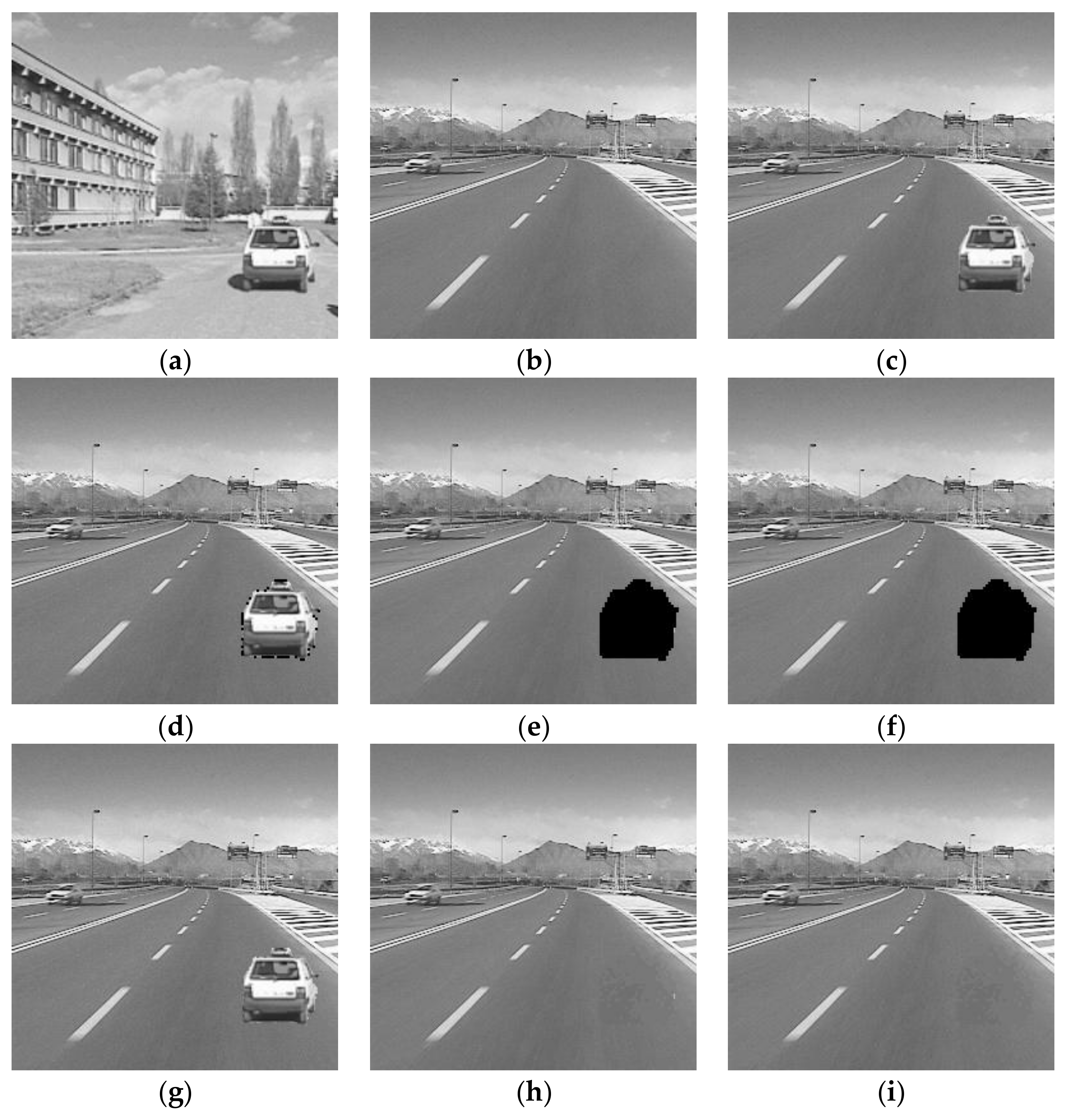
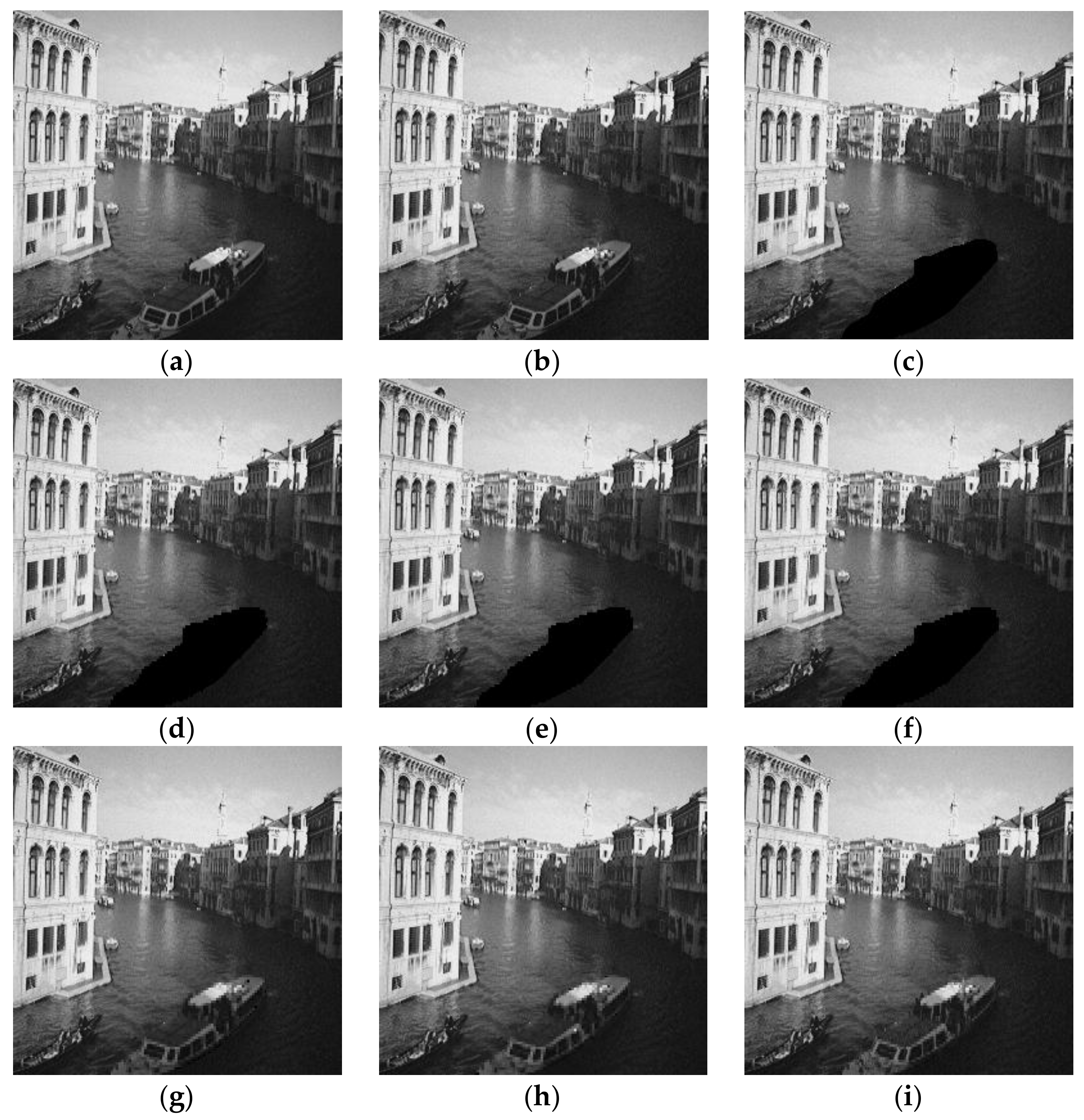

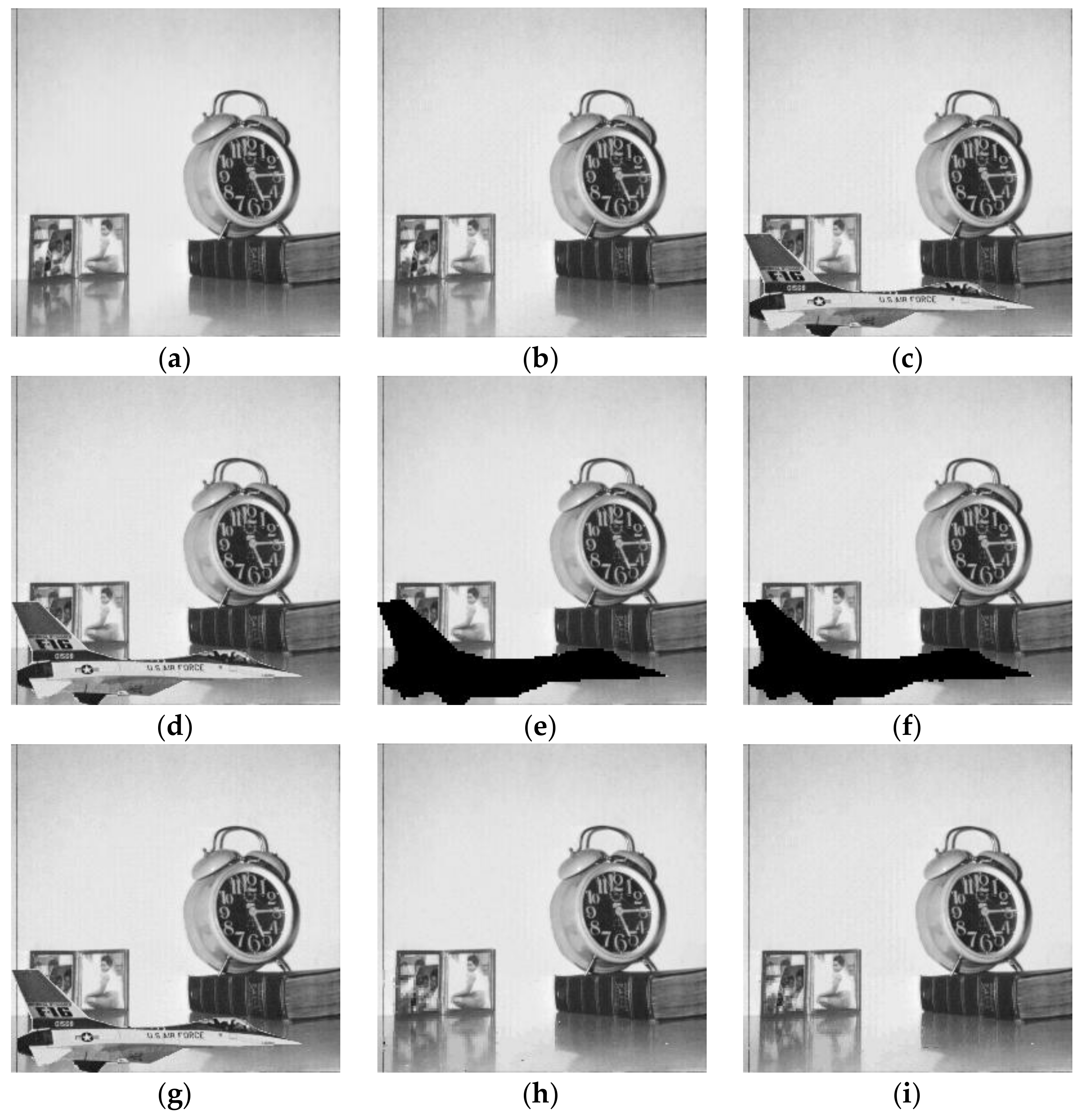

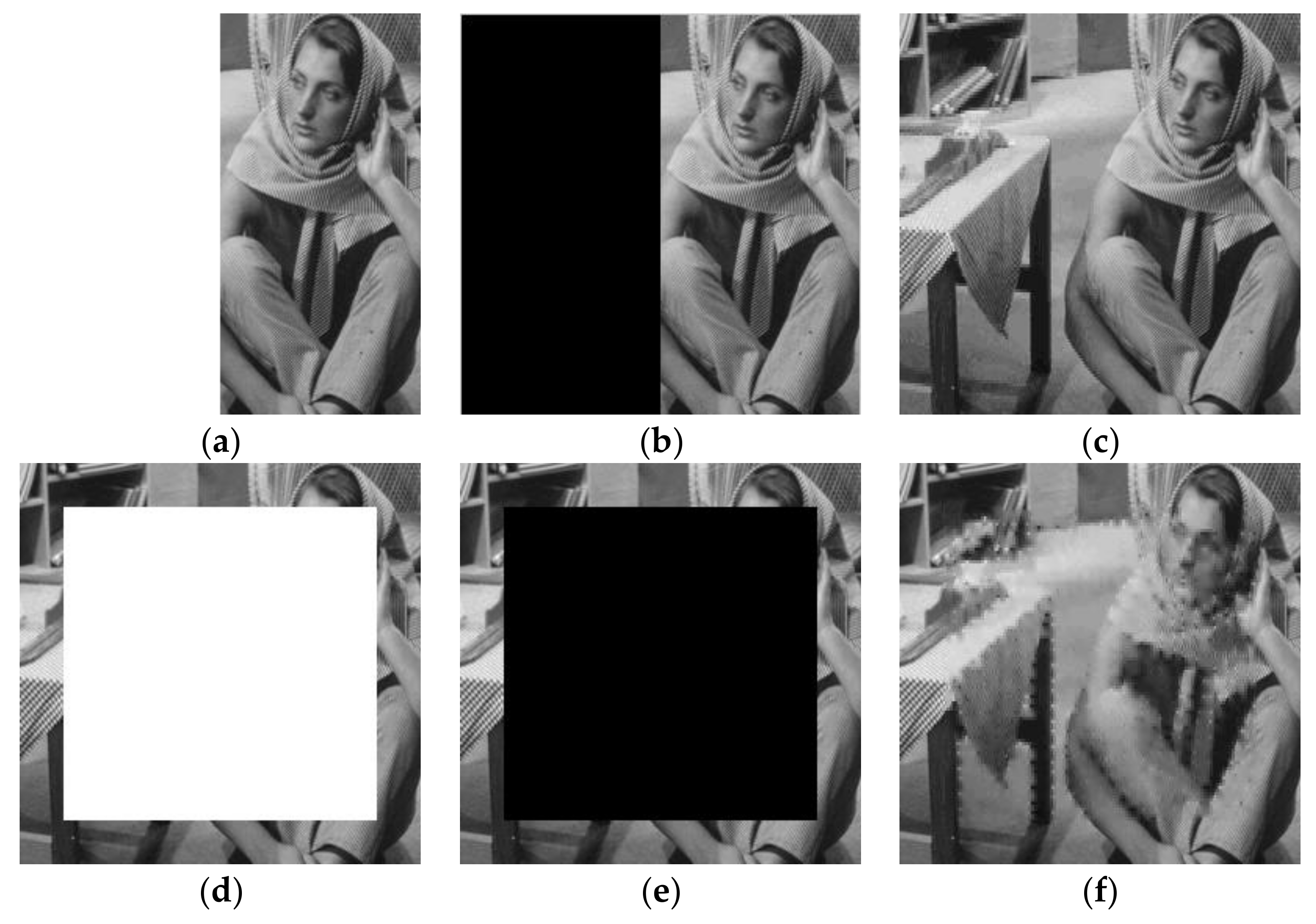
| Parameters | Value Ranges | Functions |
|---|---|---|
| Image size of the test images used in this paper | ||
| Total image blocks in host image | ||
| , | , | Thresholds used for block classification in this paper |
| A prime number & | Secret key used to generate the block mapping sequence | |
| , | Non-negative integers | Secret keys used to generate the pseudo-random sequences |
| Test Images | Smooth Blocks | Texture Blocks | Watermark Capacity (bpp) | PSNR (dB) |
|---|---|---|---|---|
| Car1 | 10,516 | 5868 | 2.36 | 40.41 |
| Car2 | 13,572 | 2812 | 2.17 | 42.20 |
| Clock | 12,366 | 4018 | 2.25 | 41.22 |
| Airplane | 10,946 | 5438 | 2.33 | 40.56 |
| Cameraman | 10,535 | 5849 | 2.36 | 40.65 |
| Lena | 8561 | 7823 | 2.48 | 39.82 |
| Barbara | 7321 | 9063 | 2.55 | 39.52 |
| Venice | 6062 | 10,322 | 2.63 | 39.15 |
| Boat | 6029 | 10,355 | 2.63 | 38.87 |
| Goldhill | 5038 | 11,346 | 2.69 | 38.91 |
| Algorithm | FPR | FNR | PSNR (dB) of Recovered Image |
|---|---|---|---|
| Tong et al. [13] | 0.41% | 5.41% | 35.01 |
| Chen et al. [25] | 0.66% | 0.93% | 40.85 |
| The proposed method | 0.67% | 0 | 45.52 |
| Algorithm | FPR | FNR | PSNR (dB) of Recovered Image |
|---|---|---|---|
| Tong et al. [13] | 0.09% | 26.13% | 25.90 |
| Chen et al. [25] | 0.16% | 3.25% | 35.05 |
| The proposed method | 0.25% | 0.44% | 36.13 |
| Algorithm | FPR | FNR | PSNR (dB) of Recovered Image |
|---|---|---|---|
| Tong et al. [13] | 0.14% | 97.33% | 24.76 |
| Chen et al. [25] | 0.27% | 0.14% | 47.17 |
| The proposed method | 0.28% | 0 | 47.79 |
© 2018 by the authors. Licensee MDPI, Basel, Switzerland. This article is an open access article distributed under the terms and conditions of the Creative Commons Attribution (CC BY) license (http://creativecommons.org/licenses/by/4.0/).
Share and Cite
Wang, C.; Zhang, H.; Zhou, X. A Self-Recovery Fragile Image Watermarking with Variable Watermark Capacity. Appl. Sci. 2018, 8, 548. https://doi.org/10.3390/app8040548
Wang C, Zhang H, Zhou X. A Self-Recovery Fragile Image Watermarking with Variable Watermark Capacity. Applied Sciences. 2018; 8(4):548. https://doi.org/10.3390/app8040548
Chicago/Turabian StyleWang, Chengyou, Heng Zhang, and Xiao Zhou. 2018. "A Self-Recovery Fragile Image Watermarking with Variable Watermark Capacity" Applied Sciences 8, no. 4: 548. https://doi.org/10.3390/app8040548
APA StyleWang, C., Zhang, H., & Zhou, X. (2018). A Self-Recovery Fragile Image Watermarking with Variable Watermark Capacity. Applied Sciences, 8(4), 548. https://doi.org/10.3390/app8040548







